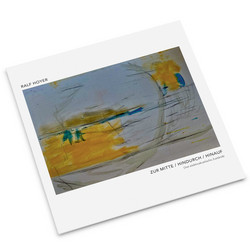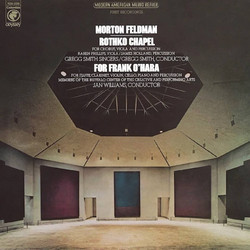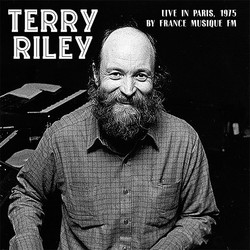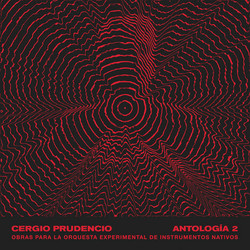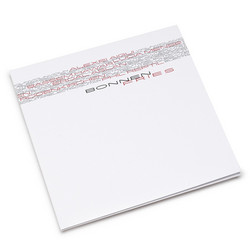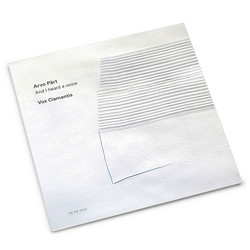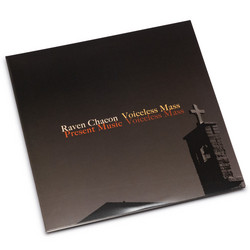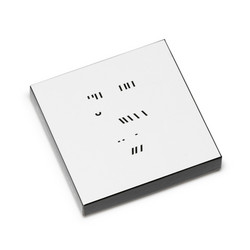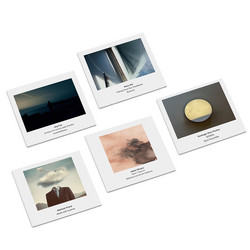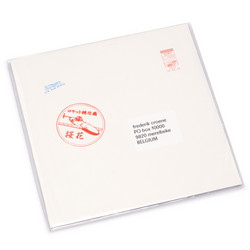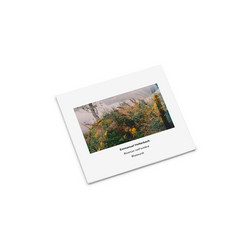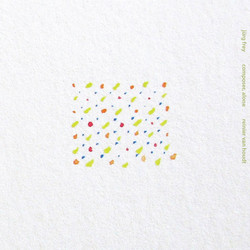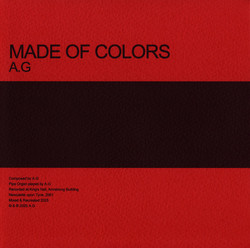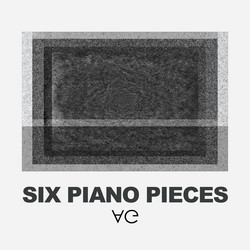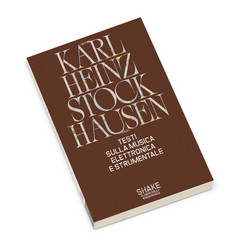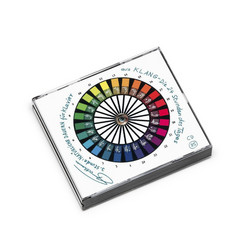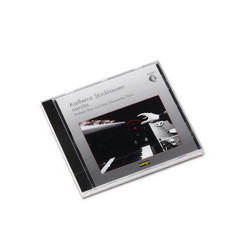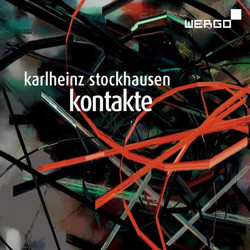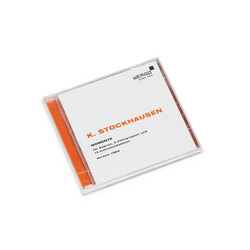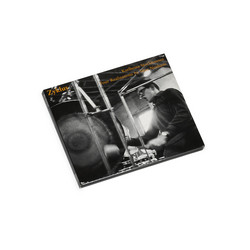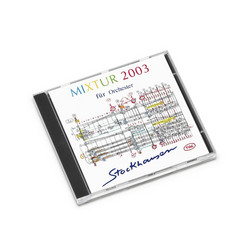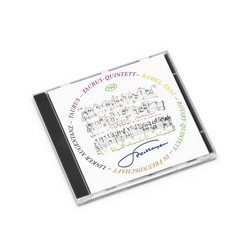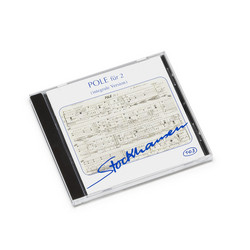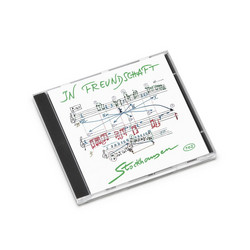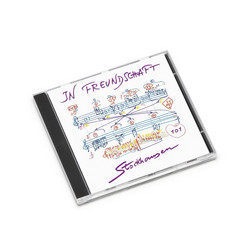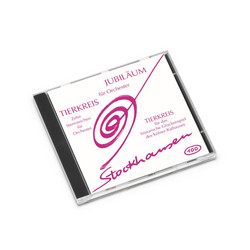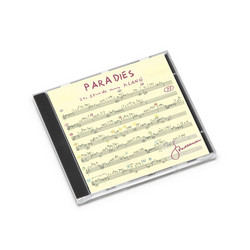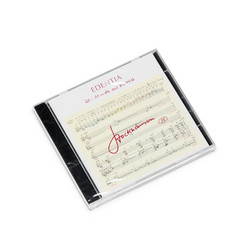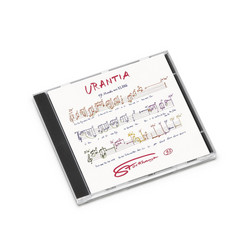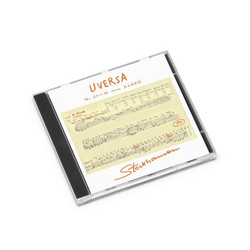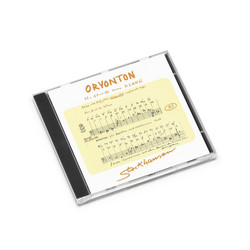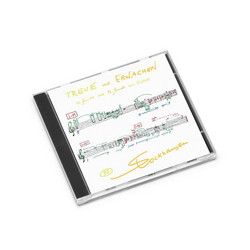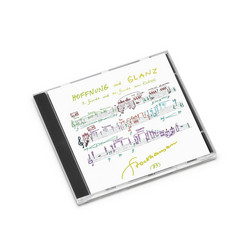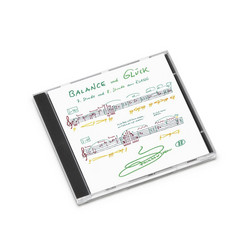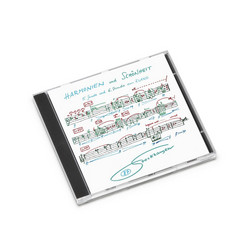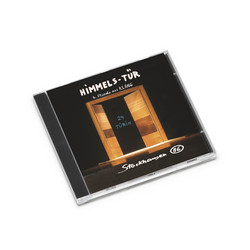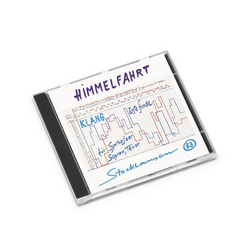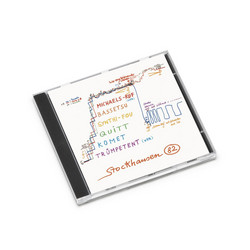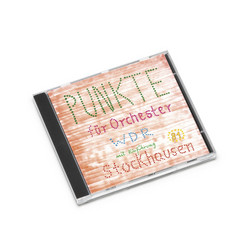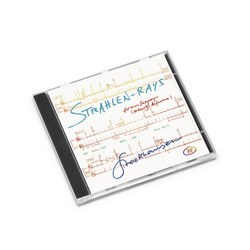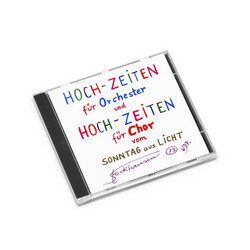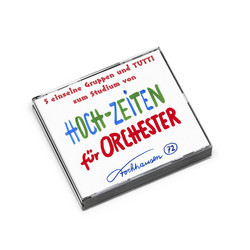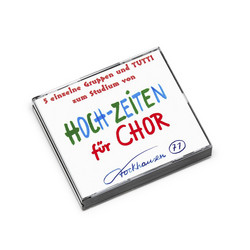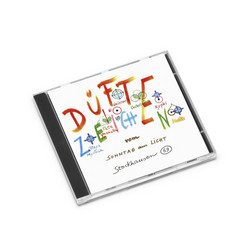Karlheinz Stockhausen
Formel / Schlagtrio / Spiel / Punkte
*Extensive Booklet in German & English included* Karlheinz Stockhausen Foundation presents four groundbreaking orchestral and chamber works from 1951-1952, documenting the composer's bold experimentation with large ensemble textures and revolutionary percussive techniques. This collection captures Stockhausen's transition from intimate chamber writing to the massive sonic canvases that would define his mature orchestral style. Formel (Formula) for orchestra establishes Stockhausen's systematic approach to large-scale form, employing mathematical relationships to govern instrumental entrances and dynamic progressions. The work demonstrates his early exploration of "formula composition" that would later become central to his compositional method. Schlagtrio (Percussive Trio) for piano and two sets of three timpani represents a radical reimagining of chamber music. The work transforms the piano into a percussive instrument through extended techniques while creating complex polyrhythmic dialogues between the timpani pairs, pioneering concepts that would influence generations of percussionists.
Spiel (Play) for orchestra showcases Stockhausen's fascination with chance operations and controlled improvisation. Written during his studies with Olivier Messiaen, the work integrates serialist principles with theatrical elements, prefiguring the composer's later multimedia compositions. The collection culminates with Punkte (Points) for orchestra, featuring a rare recording conducted by Stockhausen himself. This pivotal work applies pointillist techniques to the full orchestra, creating a three-dimensional sound space where individual notes exist as discrete events in carefully calculated temporal relationships.
These historically significant recordings span multiple years of meticulous documentation with prestigious European orchestras and soloists. The sessions preserve Stockhausen's revolutionary experiments when he was developing his signature approach to orchestral color and spatial distribution of sound.
Starting off with a merry, but very cautious fairytale melody, the little figures trip down a spiral staircase, then move in sudden rash movements across the stage, hide behind a tree or a rock, stick their heads out in a peek-a-boo-manner, look cautiously around with big apprehensive eyes, then dart forth again, to the next hiding spot – until they feel more at ease, and expose themselves center stage, holding hands or arms, dancing around, still looking and listening, in the spotlight, while the rest of the stage is in darkness… This is “Formel” (“Formula”) which Stockhausen composed in November – December 1951, directly following “Kreuzspiel”. Once again, like the case was with “Drei Lieder” on the Edition Volume 1, I find this piece too actually behaving like choreographic music, extremely well suited for a fairytale ballet, though I’ve seen no mentioning of that anywhere, and not in the notes to this CD either. In fact, Stockhausen keeps the notes on “Formel” very short, almost as if he’d like to rush by it (even though the first four pages of the score are reprinted in the booklet). However, I do not want to leave this piece too hastily, because the fantasies it starts in me, of little tin soldiers, princesses, clowns, poor peasants and a little fairy, somewhere in a little sleeping child’s room in the world, make me feel very very comfortable and childish, very childishly adventurous. “Schlagtrio” (“Percussive Trio) was composed in 1952. It immediately strikes me as a relentlessly forward-moving force, like Destiny, or like the passage of time. I get analogies to a work by Luciano Berio; “Eindrücke”, though that was composed much later than “Schlagtrio”, and for orchestra, while Stockhausen’s piece is written for the wonderfully stripped-bare and naked instrumentation of a piano and 2 x 3 timpani. It takes a musical genius to shape great music out of these small means, and Stockhausen does it. It shows a highly intricate structure, in ever-changing geometrics, giving intellect and emotion more than their due, as you jump on this moving force and ride along, getting the feeling of invincibility yourself, for some illusionary moments. “Spiel” (“Game”, “Play”), composed 1952, hits hard on opening, with a combination of percussive and stringed instruments, in which the percussive sounds get more space than in just any average chamber piece. The sounds of the strings remind me of the way Swedish composer Allan Pettersson uses his string sections in his symphonies, like alarms from the soul, or like signals from within distress or sorrow or an inward vulnerability – or just like swift Japanese calligraphic signs on a piece of rice paper! Allan Pettersson (1911 – 1980) was for most of his life over-looked in Sweden (except for his Seventh Symphony), but now he has been released in extenso by the German label CPO; Classic Produktion Osnabrück). However, in other aspects, “Spiel” has more in common, like was the case with “Schlagtrio”, with music like Luciano Berio’s “Eindrücke”, though “Spiel” presents a much more intricate structure. Sven-Erik Bäck’s “Ein Spiel um ein Spiel” (“A Game Around a Game”) is also remotely related to “Spiel”. Stockhausen’s “Spiel” progresses in a swaying forward motion, in an atmosphere of something very powerful, yet also meditative and introspective, until it just slowly and mellowly fades out after sixteen minutes. It is the last piece Stockhausen divided into movements; it has two; 4’23 & 11’38. The last composition on this CD is “Punkte” (“Points”) from 1952/62. It is the longest work on the CD with its 27’37. Stockhausen – as the dating hints – rewrote “Punkte” in 1962. He says: “In the new version, points are only seldom simply tone points: they become the centers of groups, formations, swarms, vibrating masses, nuclei of micromusical organisms.” In the booklet accompanying the CD Stockhausen goes deeper into the explanation of the structure and into his compositional methods. - Sonoloco.com
